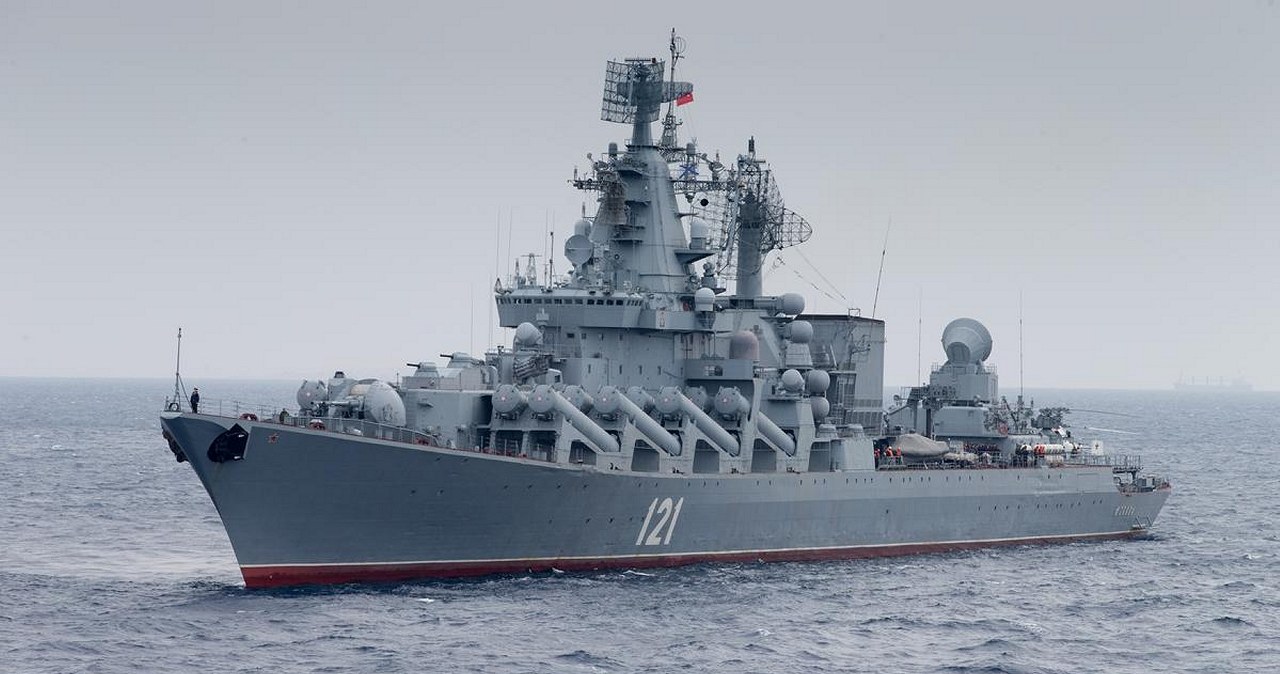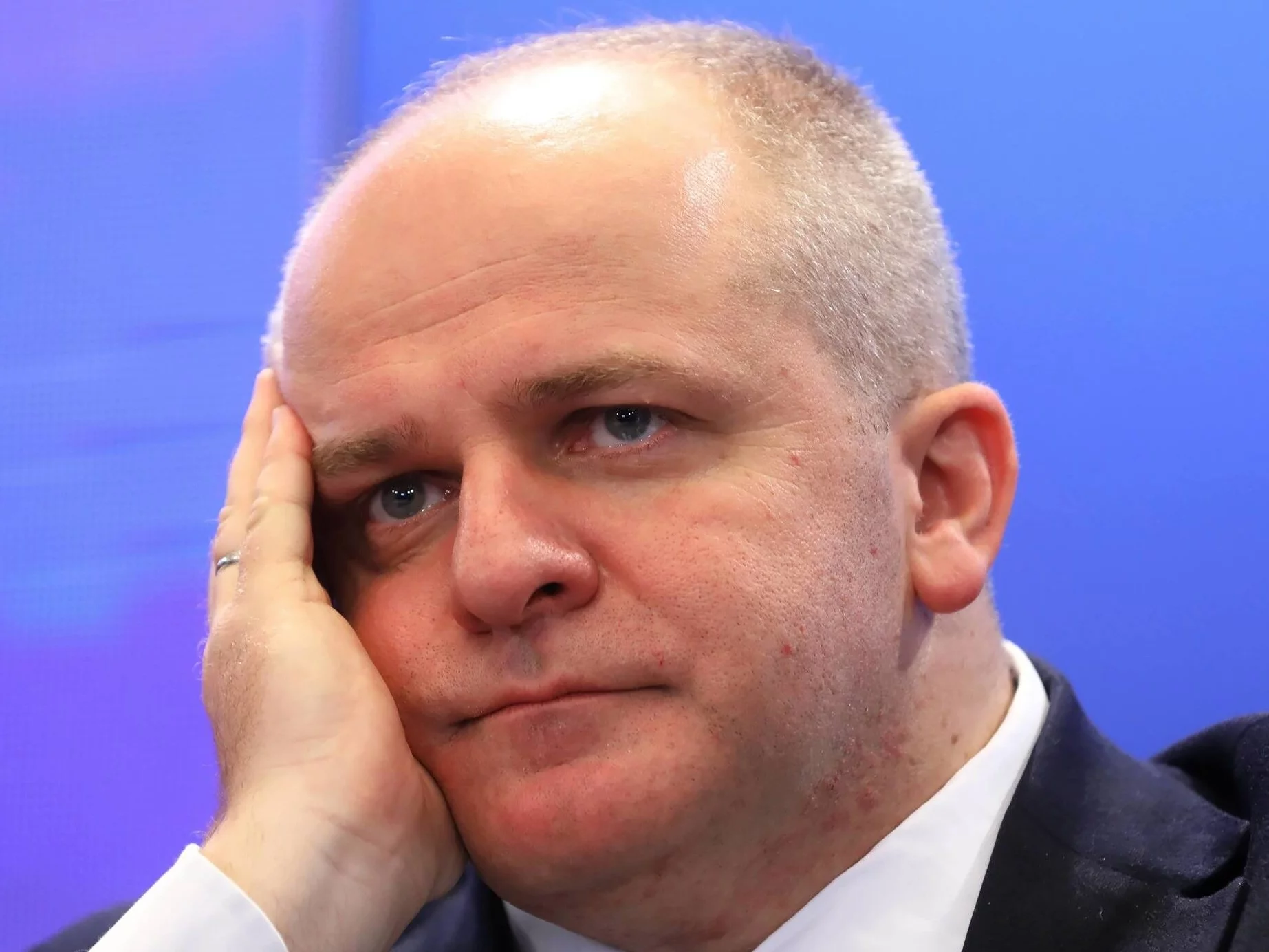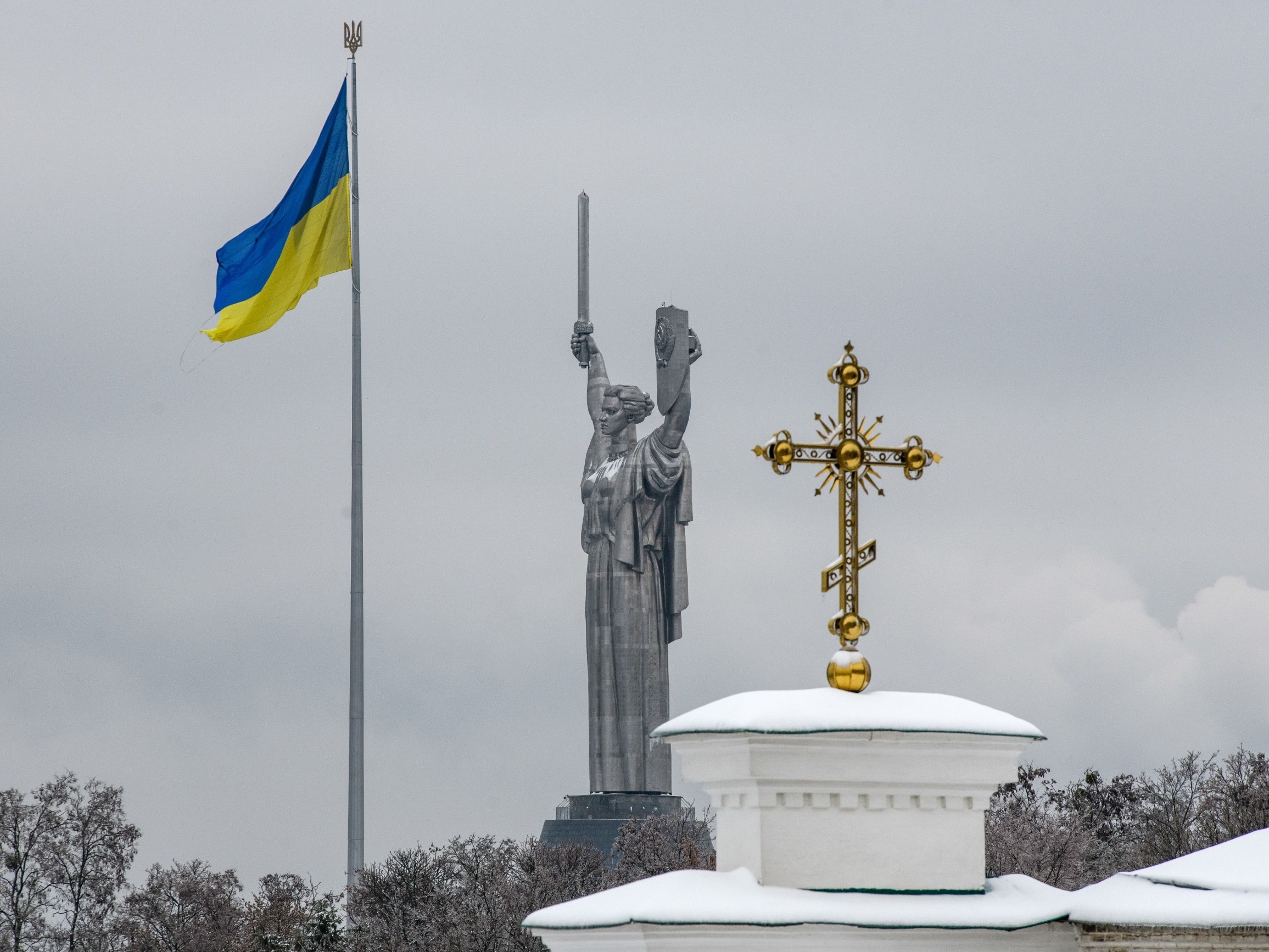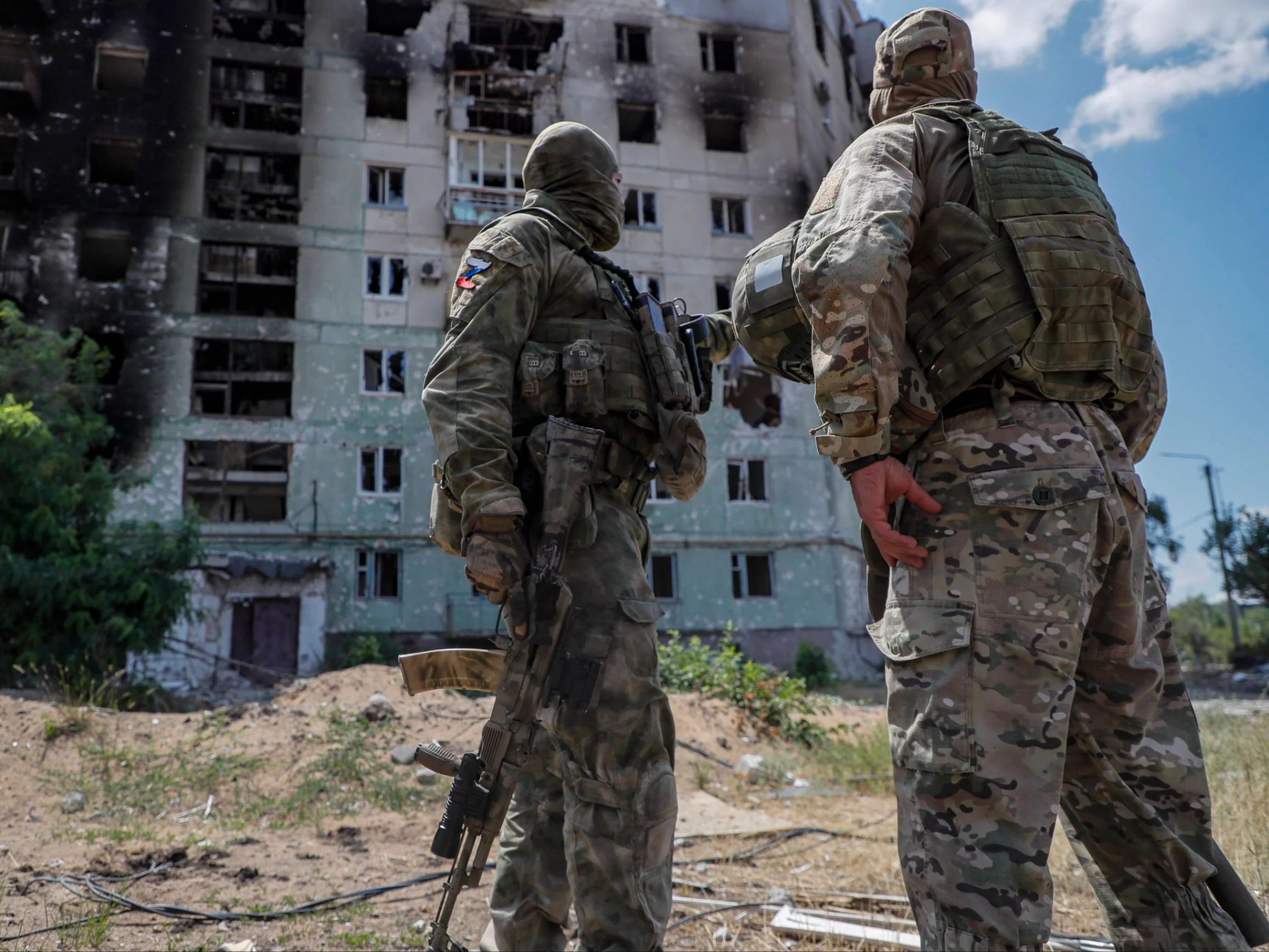The death of 24 civilians in the Donetsk Oblast. 1301. the day of war


Russian forces proceed to attack westward on the border of the Djepropetrovsk and Zaporosian circuits. They intensified their efforts in the latter, resulting in a 25 km wide front. However, these shifts are comparatively slow and there are no indications that they plan to accelerate in this area. The aggressor's reactivation took place in the western part of the dam circuit. It occupied another village above Dnieprem – Pławnia – and storms northward Stepnohirsk.
After the Ukrainians were dispossessed, the invaders opened their way to Lyman from the north east (They are little than 8 km distant from it.) They besides deepened the wing of the city from the north-west, where they cut the main road to it from the side of the Kharkiv circuit. They conducted a diversion rally to Lyman and Siewierski Jampil lying between him (they were to enter him in civilian clothes), for which there were fighting. The failure of the second would straight endanger Siewierski – in the vicinity of Jampil there is now the main supply road of the city. After the business of the village Ołeksandro-Szułtyne they went to the south-eastern prefield of Constantinówka. They besides made advancement in the area of the Pokrów agglomeration, where field successes were besides achieved by defenders (the dividing army of both sides the grey region shrunk). There are fighting in the northern part of Kupańska (according to any sources, the aggressor controls any quarters in the city center), which forced Ukrainian forces to retreat from subsequent positions on the east bank of the Oskoł River.
On September 15, Commander-in-Chief of the Armed Forces of Ukraine, General Alexander Syrian resigned commanders of 17 and 20 Army Corpses (KA) – Volodymyr Silenka and Maxim Kituhin. As confirmed by the General Staff, this was a consequence of "inefficient command in areas of responsibility, mainly failure of personnel and land". 17 KA was liable for maintaining the north-western part of the Zaporo region, where the enemy broke the defence in the vicinity of Kamjanske nad Dnieprem, and 20 KA – the western part of the Donetsk region on the border with the Zaporosian and dynepropetrovsk circuits, where after breaking the defence the invaders entered into the depths of the latter. These are the first resignations since the transition of the structure of Ukrainian land formations to a corps command strategy (started in spring), which was expected to stabilize the situation on the front and let defenders to regain initiative.

On September 10, the Russians conducted another massive air attack on Western Ukraine. The demolition of industrial or warehouse facilities has been reported from Berdyczów (progres plants), Izmail, Lviv (air repair plants), Łuck, Voloczysk in the Khmelnytsky Oblast (a subsidiary of Motor Sicz plants), Vinnyts (airworks) and Rytomierz. According to president Volodymyr Zelenski, the attack covered 15 circuits. According to the message of the Ukrainian Air Force Command (DSP), the aggressor was to usage a full of 415 impact drones or their imitations and 43 ballistic and maneuvering missiles. The defenders declared to neutralize 386 drones and shoot down 27 missiles.
Ukrainian railway carrier Ukrzalizycia announced that invaders intensified attacks on key railway nodes. In fresh weeks, not only warehouses and station buildings have become their target, but besides locomotives and power facilities to defend railway traffic. This occurred, among others, on 13 September in Slaviansk. A day later, in the Kiev circuit, the ammunition depot was detonated. Russian drones or rockets hit logistics and industrial defence facilities in Zaporozh (10 and 16 September; in the second attack 1 was killed and 18 civilians were injured), Kramatorsk (10, 13 and 15 September), Chernihov (11 and 14 September), Sumach (11, 12 and twice on 16 September; after the penultimate attack the city was partially cut off from power supply), Dniepra (14 September), Kharkiv (16 September) and Kiev Oblast (as a consequence of the attack on 16 September burns a large logistics center). According to DSP, from the evening of 9 September to the morning of 16 September the invaders utilized a full of 940 unmanned and 70 rockets (including a massive attack on 10 September). 818 drones were to be neutralized and 27 rockets shot down.
On 9 September, a Russian-led air bomb struck Jarowa in the Łyman area of the Donetsk Oblast, causing large losses to civilians. It occurred erstwhile pensions were paid at the local post office. At least 24 people were killed and 19 injured.

On 12 September, Ukrainian drones hit the largest Russian oil port Primorsk in the Leningrad region, damaging 2 oil tankers (‘Custo’ and ‘Cai Yun’ under the flag of Seychelles). In total, on that day, the Ukrainians were to usage at least 221 unmanned people (such a number of shot down Russians), and outside the naphthoport a fuel depot in Smolensk was hit. As a consequence of the attacks on 13 and 14 September, there were fires in successive refineries, Novoufimska in Ufa (Baszkortostan) and Kirisha (Leningrad Oblast), respectively. According to the Reuter Agency, 1 of the main processing aggregates was damaged in the second mentioned, so it partially stopped work and could last for up to a month. The Ukrainian General Staff reported that a refinery was hit in Saratów on September 16 (this would be another attack on the facility this year) – a fire broke out in its area. No another sources have confirmed the information.
On September 10, Ukrainian military intelligence (HUR) was to launch an attack on the Russian rescue ship of the MPSV07 project. The service reported it the next day. According to her message, the unit conducted radio-electronic reconnaissance in the area of Novorossian. The Ukrainian drone was to destruct the apparatus utilized for this, which caused the ship to be diverted for costly renovation. A day later, the Ukrainian Navy was to harm the Black Sea Fleet communication hub in SevastopolWhat her command notified 3 days later. These reports have not yet been confirmed by another sources.
On 13 and 14 September, HUR and peculiar Operations Force launched a joint attack on railway infrastructure in Russia. The goal was strategical railway lines utilized by the enemy to supply occupying troops in the Kharkiv and Sumic directions. In 1 of the strokes on the St. Petersburg–Psek line, a train was derailed, destroying 15 fuel tanks.
On September 14, HUR hackers conducted a massive DDoS attack on FR's digital electoral resources. The operation took place during local elections in 19 regions of the country (including occupied Sevastopol). As a consequence of the action, there have been serious disruptions in electronic voting systems and temporary exclusion of key digital services.
On 16 September, the safety Service of Ukraine (SBU) launched three-day counter-intelligence activities in Lviv. The operation aims at preventing acts of sabotage and terrorism, neutralising Russian intelligence and expanding the safety of residents in the conditions of ongoing armed aggression. Residents can anticipate restrictions on urban traffic, increased paper and vehicle controls and public spaces for detecting dangerous objects.

On September 9, the 30th contact group of states supporting Ukraine in the format of Ramstein was held. German defence minister Boris Pistorius announced that there was a process of transferring 2 fresh Patriot strategy batteries, funded jointly with Norway (Oslo reported this on August 24). The Ukrainians were about to receive their first launchers. He besides recalled the conclusion of contracts for the production of respective 1000 drones of various types with a full value of EUR 300 million with the companies there. His Canadian counterpart David McGuinty announced that by the end of the year Kiev would get all 50 armored combat support vehicles (ACSV) that Ottawa promised in 2023. The first 8 vehicles were delivered to Ukraine via Poland. A day later, the gathering was summed up by the defence minister of Ukraine Denys Szmyhal, recalling EU commitments and independently 15 European countries. He besides informed that next week Poland will hand over 10,000 rounds of 155 mm ammunition.
Sweden will supply Ukraine with the 20th military support package. It is worth $836 million. On 11 September, Minister of Defence Pål Jonson informed about this. It included, among others, 18 cannonohaubic on Archer's car chassis (a full number of Ukrainian army transferred increased to 44), 155 mm artillery ammunition, radio-location stations and sea drones. In the next 2 years Sweden plans to allocate $7.47 billion to military aid – mainly for purchases in the Swedish industry, including the next cannonhaubic Archer. Estonia intends to proceed military support at least 0.25% of GDP, i.e. over €100 million per year – stated the head of defence department Hanno Pevkur. It stressed that most of the funds would be spent on products of home companies.
Britain will produce Ukrainian interception drones. An agreement for the first organization of 1,000 unmanned workers resulting from earlier agreements between the British Prime Minister and president Zelenski was signed by Defence Minister John Healey. His Ukrainian counterpart informed about this on 11 September. All machines manufactured in the UK are to be given defenders. On the same day, Szmyhal besides stated that On 9 September, the site for construction of the German Rheinmetal ammunition plant in Ukraine was designated. The head of the department then met in London with the manager of Armin Papperger, who announced 4 major investments in Ukraine from the end of 2022 (the ammunition mill was to be launched in 2023). Until now, Rheinmetall has opened a repair plant for vehicles and lighter armored vehicles delivered by Germany. On 10 September, the European Commission president Ursula von der Leyen announced a EUR 6 billion debt to Kiev to produce unmanned workers..
On 11 September, the Norwegian Armed Forces reported the launch of the first training turnus for Ukrainian military at Camp Jomsborg, located on the fresh Oak camp in Podkarpacie. The facility was created in the summertime of this year and is intended to service basic and specialized training as well as exchange of experience. This initiative is intended to replace the previously planned formation, training and equipment of the Ukrainian brigade by Norway, which was mostly abandoned due to negative experience with the 15th Mechanised Brigade formed in France. The unit of this level was besides to be created for defenders by Germany. any Ukrainian media reported that Norway had created a fresh ground in Poland from scratch.

On 14 September, president of the budgetary committee of the ultimate Council of Ukraine, Mr Pidlas, that the budget for 2026 is to include at least $120 billion for defence purposes, however, only half of this amount will be covered by own resources. The second part of Kiev intends to finance thanks to the support of abroad partners. Pidłasa added that the current cost of carrying out armed activities increased to $172 million a day. Expenditure includes, among others, soldiers' salaries, ammunition, weapons, as well as benefits to the injured, families of the deceased and support for the missing.

General Alexander Syrski warned against the intensification of September 11 technological race for the construction of unmanned aircraft systems. He stressed that Russia adapts and copies proven Ukrainian technologies, including interceptive drones, while expanding the depth of demolition on its own pilots.
On September 12, Ukrainian website Slidestvo.info, citing HUR materials, stated that From July 2022 to mid July 2025, 1031 Belarusian citizens joined the Russian army as contract soldiers. Journalists estimation that more than 10% of Belarusian mercenaries died and another 8%is declared missing.

11 September Ukrainian police declared that the prolonged war forced changes in the activities of local criminal groups. They are increasingly giving up smuggling of goods to organise the illegal spread of men who want to avoid mobilisation. According to the service data, in 2022 the cost of specified a service was around $3,000, while between 2023 and 2024 prices rose to a level of $10,000 to as much as $20,000 per person, depending on the method of crossing the border (speed or car).
On 11 September, a spokesperson for the Bieszczady Border defender Branch reported that between 28 August and 3 September there were 6,1,000 men from Ukraine aged 18–22 and 2,000 from Ukraine. According to data from border guards, over 4.6 1000 young Ukrainians entered Lublin Voivodeship during this period, and 1.3 1000 went away. The recorded increase is the consequence of a decision issued by the Ukrainian government in late August allowing men aged 18 to 22 to travel abroad. any of them will usage a change of regulations to avoid future military appointments.




![Rosja chwali Trumpa i odrzuca amerykańskie gwarancje dla Ukrainy [GOWORIT MOSKWA]](https://cdn.oko.press/cdn-cgi/image/trim=357;0;372;0,width=1200,quality=75/https://cdn.oko.press/2025/12/AFP__20251105__834X3KM__v3__HighRes__RussiaPoliticsSecurity.jpg)










